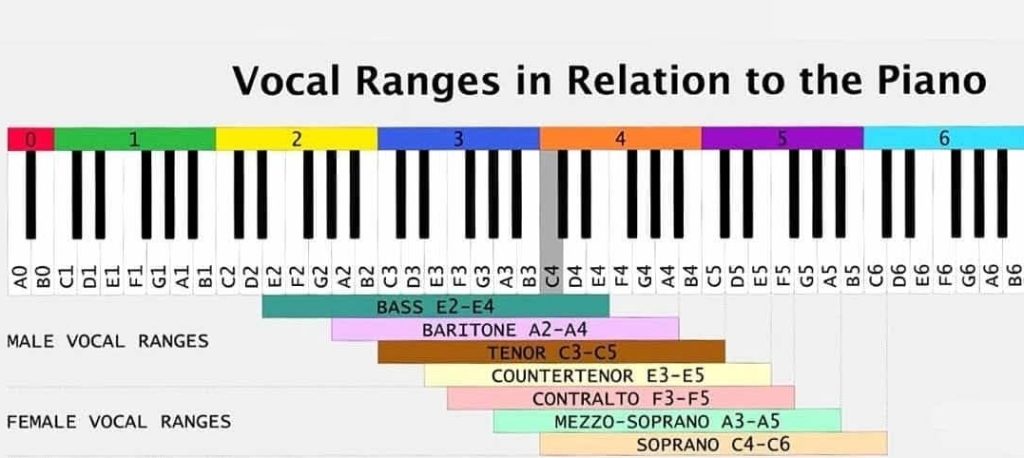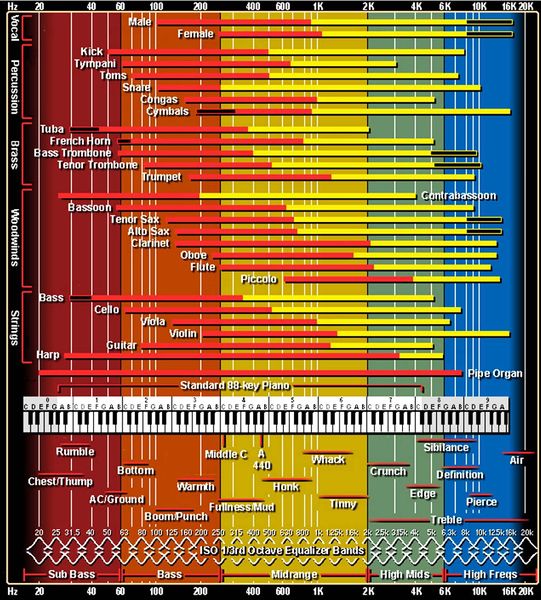Music
Music exists in every society. It varies more within than between societies and has acoustic features that are closely related to the behaviours of singers and listeners alike.
At the same time, music is not a fixed biological response with a single, function such as mating, group bonding, or infant care: It varies substantially in melodic and rhythmic complexity and is produced worldwide in many behavioural contexts that vary in formality, arousal, and religiosity.
Music develops and encourages; language (all societies put words to their songs), motor control (people in all societies dance), auditory (all musical systems have some signatures of tonality), and aesthetics (their melodies and rhythms are balanced between monotony and chaos).
“Physical matter is music solidified“
This phrase historically attributed to Pythagoras, demonstrates a profound, mystical and metaphysical insight. Pythagoras, known for his teachings on the harmony of the cosmos, believed that all of existence is governed by numerical relationships and vibrations. This statement suggests that matter, in its essence, is a crystallization of vibrational patterns, a concept that unites music, and other teachings such as mathematics, and those relating to physical reality such as Architecture.
The Primacy of Vibration and Harmony:
Music is fundamentally vibration organized into a series of harmonic combinations and reoccurring patterns. By the same token, physical matter, too, is the result of vibratory patterns, albeit on a vastly different scale. Atoms and their constituent parts that compose physical objects can be seen as “standing waves” of energy, stabilized into forms that we perceive as solid. Matter then, is a high-frequency vibration (eg 1012 Hz) of the same principles that manifest as sound (eg 103 Hz).
The Bridge Between the Intangible and the Tangible:
Music is intangible—it exists in time, but not in space. Matter, conversely, exists in space and seems permanent. Yet both emerge from the same metaphysical substrate: the dynamic interplay of energy and structure. This view offers even the most scientific thinker, some comfort that the material universe is not separate from the spiritual or the abstract but is perhaps a crystalized expression of similar principles.
The Universe as a Symphony:
For Pythagoras, the cosmos was a grand orchestra, comprising celestial bodies with paths predictable according to mathematical laws, producing the “music of the spheres.” If matter is vibration solidified, then every object, from the tiniest particle to the most vast of giant stars far away in the universe, participates in this cosmic symphony. Existence itself is a divine composition and with the forwarding of our understanding of multi-dimensionality and string theory, our perception of physical matter can be likened to but one octave of a multi-dimensional scale.
Summary
In summary, the statement “Physical matter is music solidified” invites us to see the material world not as a dead, static construct but as a living, resonant expression of universal harmony. It suggests that to understand matter is to understand music, and to understand music is to glimpse the divine architecture of the cosmos.


![]()
